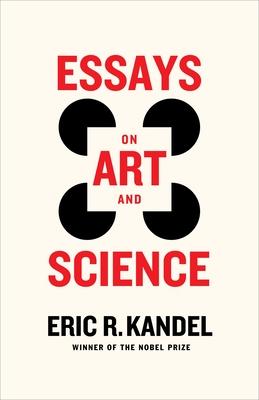When we view a work of art, we often experience an emotional response, but the causes of our reactions are complex. Our knowledge of why we respond to art as we do is rooted in science--in psychology and biology. Eric R. Kandel traces the origins of this understanding to early twentieth-century Vienna, which gave rise to the concept of the "beholder's share," the realization that art is incomplete without the perceptual and emotional involvement of the viewer--that is, without our responses to it.
But what causes our response? Our brain is a creativity machine that brings to bear on any image--including a painting--certain innate, universal processes related to sensory perception as well as higher-order processes related to our personal experiences, memories, and emotions. Understanding how these unconscious processes in the brain interact to create the beholder's share is one of the great challenges currently confronting brain science. The essays on art and science in this book vary widely in subject matter, including the angst-ridden portraits of Soutine, conflicting views of women's sexuality, Cubism's challenge to our innate visual processes, and why we react differently to abstract versus figurative art. But each essay focuses on the interaction of art and science. Woven throughout are the many notable scientists, art historians, artists, and others, both Jewish and non-Jewish, who contributed to our understanding of how we experience art.
When we view a work of art, we often experience an emotional response, but the causes of our reactions are complex. Our knowledge of why we respond to art as we do is rooted in science--in psychology and biology. Eric R. Kandel traces the origins of this understanding to early twentieth-century Vienna, which gave rise to the concept of the "beholder's share," the realization that art is incomplete without the perceptual and emotional involvement of the viewer--that is, without our responses to it.
But what causes our response? Our brain is a creativity machine that brings to bear on any image--including a painting--certain innate, universal processes related to sensory perception as well as higher-order processes related to our personal experiences, memories, and emotions. Understanding how these unconscious processes in the brain interact to create the beholder's share is one of the great challenges currently confronting brain science. The essays on art and science in this book vary widely in subject matter, including the angst-ridden portraits of Soutine, conflicting views of women's sexuality, Cubism's challenge to our innate visual processes, and why we react differently to abstract versus figurative art. But each essay focuses on the interaction of art and science. Woven throughout are the many notable scientists, art historians, artists, and others, both Jewish and non-Jewish, who contributed to our understanding of how we experience art.Hardcover
$26.95